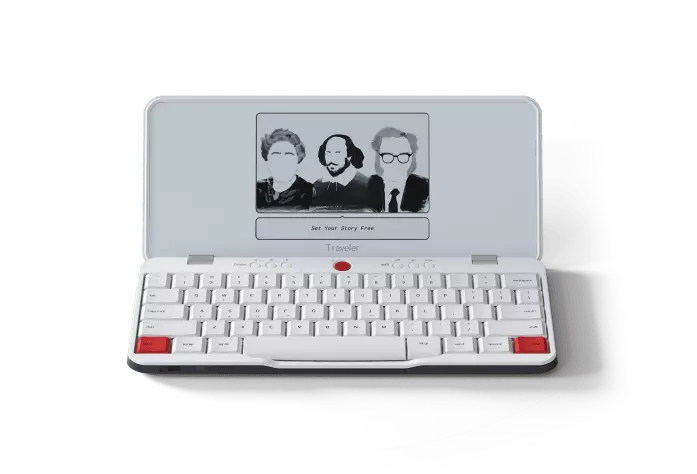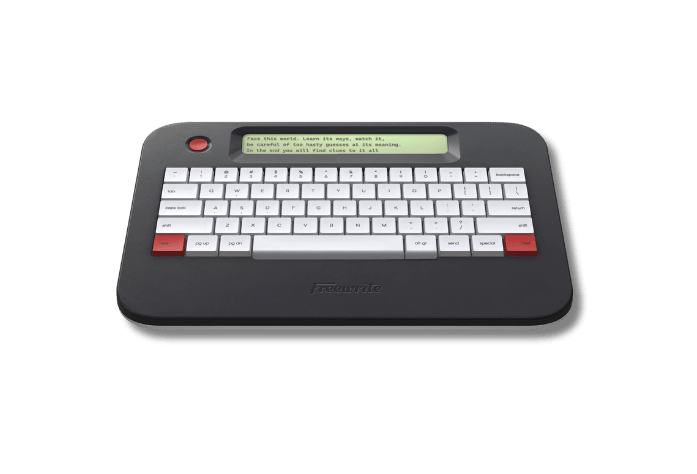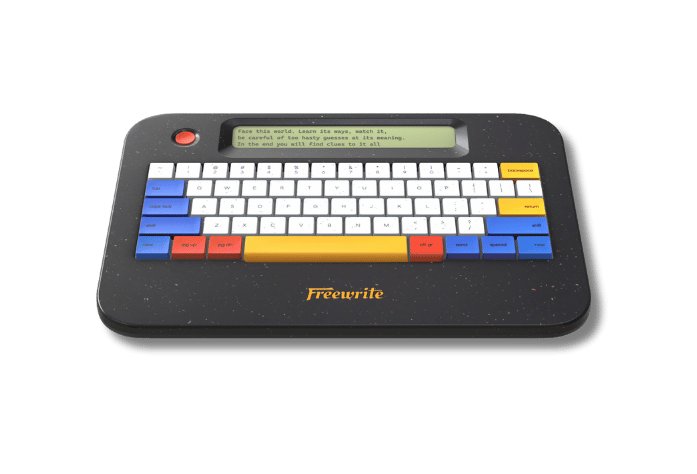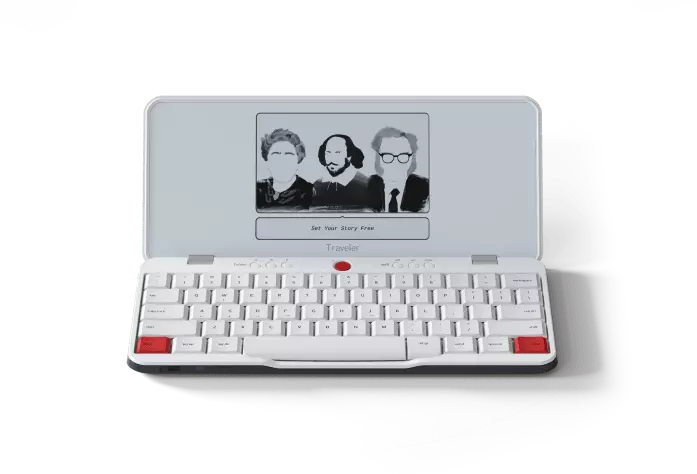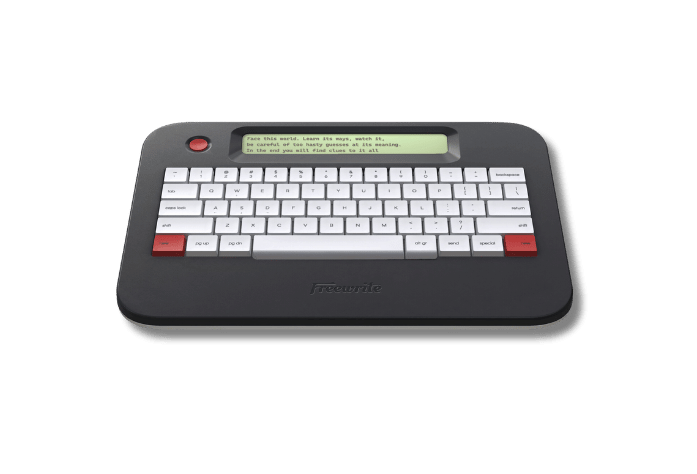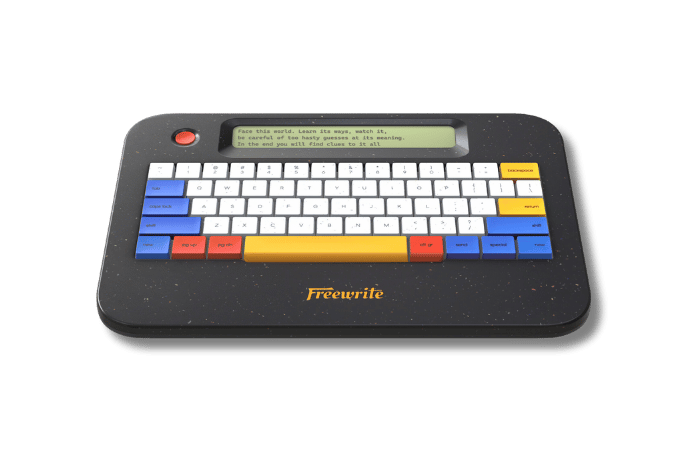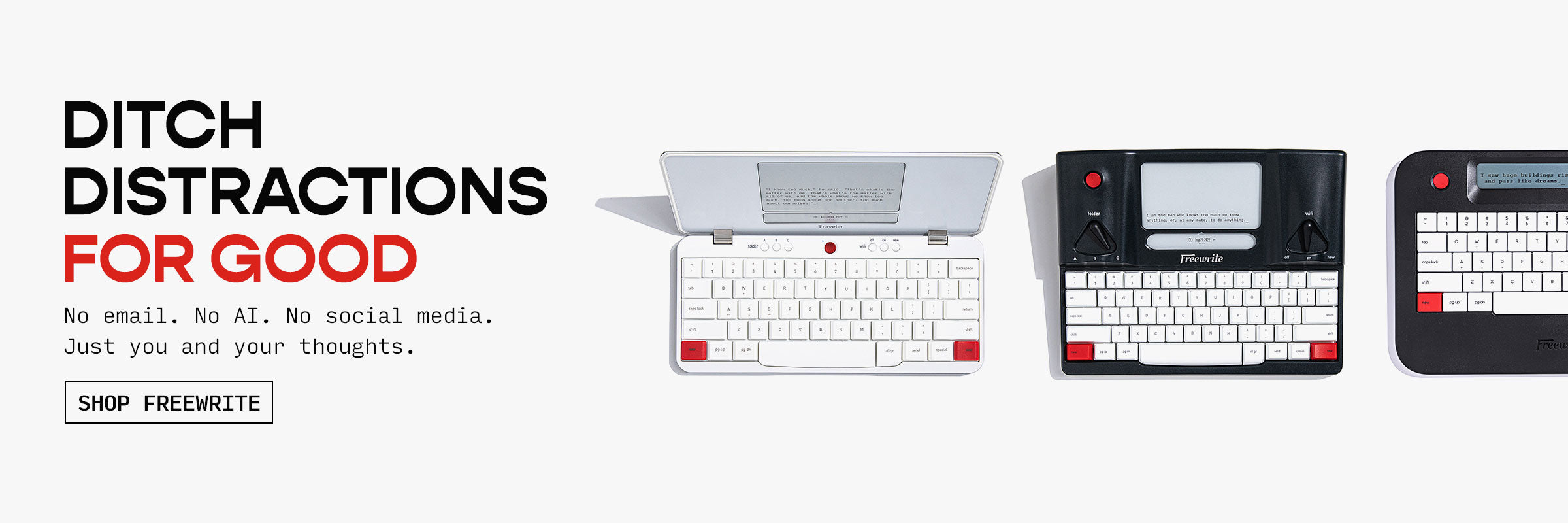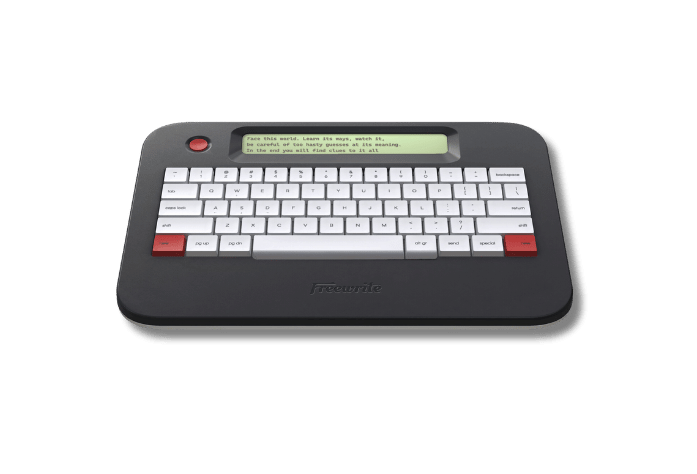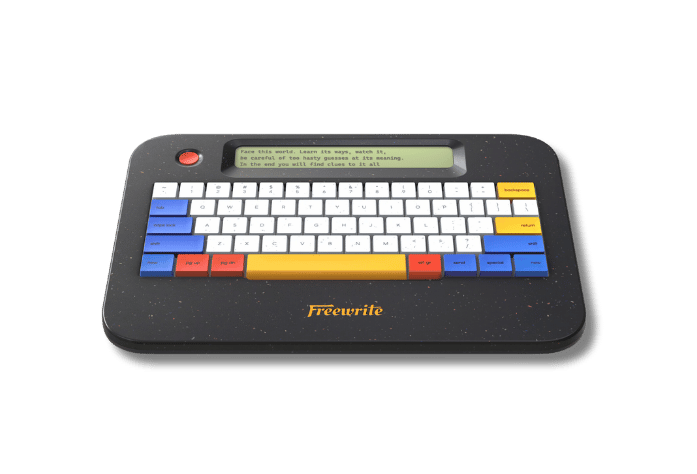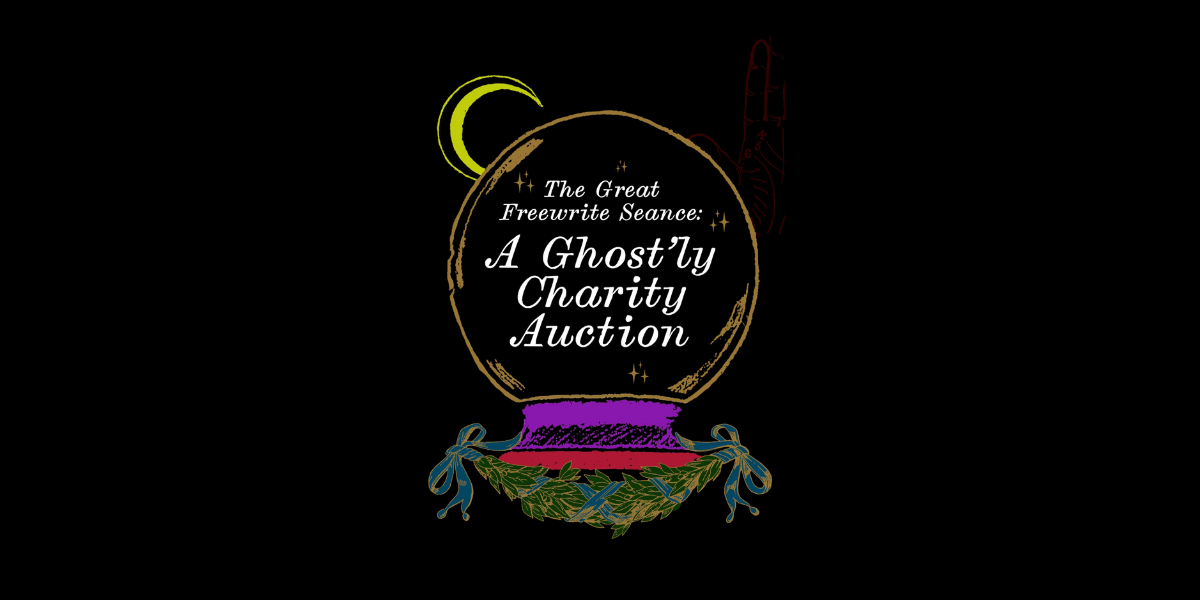Congratulations – you did it! You wrote a book (if you haven't yet, check out this article with 10 steps to follow). Pat yourself on the back and take a few moments to acknowledge what you’ve achieved.
Okay, what next? Writing your book is just the first step in your journey to becoming a published author. It’s a journey that ends with your book in the hands (or on the device) of your audience – your readers.
Publishing has come a long way in recent years, with more options available to authors than ever before. You can choose to go down the traditional route with a publishing house, or you can self-publish your book in printed or electronic form (or both). Both processes have pros and cons, and both can be extremely successful when they’re done the right way. Whether you’ve already decided which path to take, or you’re still trying to make up your mind, here’s a helpful guide on how to publish your book.
Keep reading: 10 Writing Submission Strategies to Get You Published
Before you start
You’re probably raring to get your book out there, but before you release it into the wild, it’s important to get it reviewed. Firstly, it’s a good idea to give it to a couple of ‘beta readers’ who are willing to give you honest, constructive feedback. They will be able to help you identify if there are any gaping holes in your plot or parts of the story that don’t make sense.
Keep reading: Story vs. Plot
Once you’re sure your narrative is solid, it’s helpful to engage a good copy editor to weed out any bad spelling, grammar, awkward sentence structure, and offensive terms or jargon. If you can’t afford a full copy edit, a thorough proofread is the next best option. You can find editors and proofreaders at reasonable rates on e-lancing sites like Fiverr, Upworkand Freelancer. Of course, you can edit your own work, too, but don’t underestimate the advantage that comes with a fresh pair of eyes.
Keep reading: 3 Ways to Expedite Your Editing Process
How to prepare your manuscript
Whichever method of publishing you decide to pursue, the first thing you need to do is prepare your manuscript to the correct standards. Criteria will differ depending on the publishing method and the individual publisher’s requirements. Most publishers list them on their website, and it’s important to follow their instructions carefully if you want them to look at your book.
For traditional books, most publishers like you to set your manuscript up on an A4 document with 3cm margins using left-aligned 12-point Times New Roman text. Use a single space between sentences and double-space your lines with no extra lines between paragraphs. Begin each chapter on a new page and indent each paragraph or section of dialogue. Make sure each page is numbered, and your title and your name are in the header. Don’t forget to include a title page with the name of your story, the word count, and your contact details.
How to get an agent
A lot of traditional publishing houses don’t accept unsolicited manuscripts, so it’s a good idea to get yourself a literary agent to handle that side of things for you. Google literary agencies in your area and check if they have any agents who are open to submissions and have an interest in your genre. Once you find someone who seems like a good match, you’ll need to prepare your submission to send to them.
Often the agency will have guidelines on their website detailing what they want from you, but if not, it’s safe to assume they will accept a query letter, a synopsis, and the first three chapters of your book. Your query letter should be a one-page, clearly written letter that introduces you and your book. Describe why you’d like to work with that agent, include your book’s premise and word count, and finish with a sentence or two about yourself. Your synopsis should be around 500 words that summarise the plot of your book and the emotional journey of your characters in straightforward language. It’s a description – not a sales pitch.
Start by sending your submission to between ten and fifteen agents and be open to their feedback, both positive and negative, when they respond. If you get very few responses, you may need to review your story to see why it’s not hooking people in. However, don’t give up after the first few rejections. Literary agents turn down submissions for a huge number of reasons, including being too busy or having lots of other similar submissions. If you’re getting warm, encouraging feedback with their rejections, then keep trying!
Once you’ve secured an agent, it’s their job to sell your manuscript to a publisher. If your agent is successful, the publisher will buy the rights to market your book. Normally, you’ll receive an upfront payment (although it may not be large) and a proportion of the royalties from sales. The publisher will then handle the production and marketing of your book, and, all going well, you’ll see it in bookstores and may receive some written reviews. The great part about traditional publishing is that once you’ve sold your book to the publisher, they do all the hard work getting it to market. The downside is that you hand over control of your work to a third party, and they take a significant share of the profits.
How to self-publish your book
Self-publishing has become increasingly popular as online platforms like Amazon’s Kindle Direct Publishing have made it easier than ever to sell your work to a global audience with little to no investment up-front. If you write in a genre or format that doesn’t typically generate much interest in traditional publishing circles, you want speed to market, or you just prefer the concept of being in control of every aspect of your publishing career, then self-publishing could be the best option for you.
Just like traditional publishing, you’ll need to get your manuscript into tip-top shape before you unleash it upon the world. Getting your book edited properly is especially important in the self-publishing arena because you won’t have a publishing house’s own editors reviewing it before it’s released, as you would if you went down the traditional publishing route.
You’ll also need to get a cover designed. If you’re selling through large platforms like Amazon Kindle Direct Publishing or Barnes & Noble Press, your cover thumbnail will be competing with dozens of others on the same page, so it needs to stand out and entice the reader to click on it. Unless you’ve got good graphic design skills, it’s worth paying a designer to create an eye-catching cover that will do your book justice. If you opt to do it yourself using a design app like Canva, make sure you use royalty-free images (or purchase the correct rights for the use of the stock image you choose).
Next, you’ll need to write a great description of your book that sells your story and hooks the reader in. Your description should be around 600 words, and it’s essential that it be completely error-free. Nothing puts off a prospective reader faster than typos in the book description.
Take some time to research the different e-book publishing options available to you and decide which one suits you best. Typically, e-book publishers won’t charge you to upload your book but will take a small percentage of your sales to cover the service that they’re providing to you. Some publishers also offer a print-on-demand service whereby your reader can order a hard copy, which will be printed at the time they order it, and the purchase price will cover the printing costs plus your profit. Some companies also offer you the ability to print your book in bulk, at cost, so that you can supply copies to local bookstores.
Once you’ve selected which company you will use to publish your book, research their requirements for formatting your manuscript for upload. Some companies, like Amazon, provide an app that does it for you, while others require a bit more manual input. A cleanly laid out Word document is a good place to start and is compatible with most platforms.
Before you upload your book, you’ll need to decide what metadata you will tag it with. Metadata are things like your book title, subtitle, author name, book description, and the categories and keywords with which you will tag your work, to will help people find your book when they search for a specific genre or topic. Check what your chosen platform’s metadata requirements are so you are well-prepared with optimal choices when the time comes to upload your book to their system.
Once your self-published book is uploaded and ready for people to buy, it’s time to shout about it from the rooftops. Create yourself an online presence where you can engage with your audience – Facebook, Twitter and Instagram accounts are great places to start, and all can be set up for free. You can even create yourself a free website using services like Wix, Weeblyor WordPress, which have professional-looking built-in templates and easy-to-use interfaces. If you have a marketing budget, Facebook offers you a low-cost way of sending targeted ads to other users.
What is vanity publishing and why should I avoid it?
Vanity publishing (aka vanity press or subsidy publishing) is a form of self-publishing where the publisher asks you to pay them an up-front fee to get your book printed. The fee covers their production costs, plus a profit margin. Typically, they’ll accept any manuscript, regardless of quality, and will put in little to no effort to market your book, because they’ve already made their money. It’s unlikely your vanity-published book will ever make it into a bookstore, and you will struggle to recoup your investment. Many authors have lost thousands of dollars on vanity publishing.
Remember, legitimate publishers will never ask you for money. They’ll only accept your book if they think that it’s great and they can market it. Then they’ll shoulder all the financial risk of getting it published. It’s in their best interests for your book to do well, because if it doesn’t sell, they don’t make their money back.
In short, if you are approached by a publisher who invites you to submit your manuscript, asks you to pay them, and is vague about what they will deliver - don’t reply. It’s almost guaranteed to be a scam.
So, now you know the next steps, and the traps to avoid, what are you waiting for? It’s time to get your book published!
About the author:
Claire Wilkins is a freelance copywriter and editor from New Zealand. She loves to write about travel, health, home, and proper punctuation. After a career in financial services spanning almost three decades, Claire left the corporate world behind to start Unmistakable - her writing and editing business. She creates website copy, blogs, and newsletters for creative agencies and small businesses, and specialises in polishing existing content until it shines. In her spare time, Claire enjoys cloud-spotting, singing in the car and editing video. You can find her at www.unmistakable.co.nz and https://www.facebook.com/UnmistakableNZ/.


